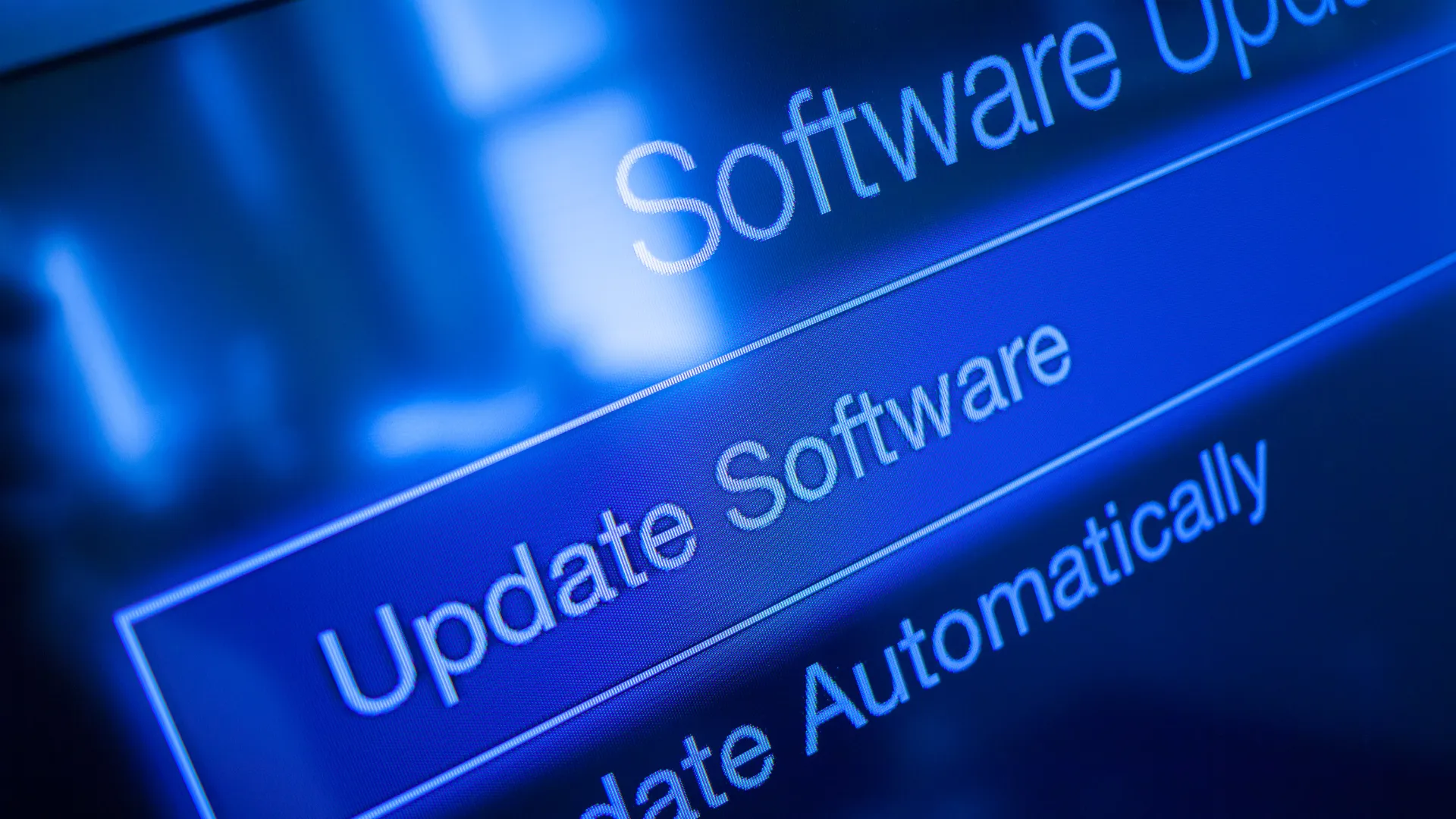There is a constant threat from cyber criminals seeking to exploit weaknesses within complex information systems. One of the most underestimated aspects of cyber security is the regular updating of software and installation of patches. We know it’s easy to mute notifications from IT and your device as it can be an interruption to your working day, however this basic practice can serve as the backbone of your cyber security culture.
The importance of software updates and patch management
Everyone in the organisation can contribute to the robust security of your systems by routinely updating software, and this isn’t only important at an organisation level, but for your personal devices too.
Enhancing security: Software updates often include patches for vulnerabilities that cyber criminals exploit to infiltrate networks. By keeping software up to date, you can mitigate potential zero-day vulnerabilities and enhance the overall security posture.
Maintaining system stability: Updates and patches not only address security flaws but also improve the overall performance and stability of software and devices. This is to ensure fewer crashes or errors, smoother use of apps and integrated software, making sure your operations are as uninterrupted as possible. Updating and patching when requested can speed up your workday rather than slow it down.

The risks of neglecting software updates and patch management
Ignoring or delaying software updates and patch installations can have severe consequences, especially for organisations that deal with sensitive data.
Damage to brand reputation: Customers are the lifeblood of your organisation. In the event of a breach, beyond the immediate financial loss, the damage to your organisation’s reputation can be significant. Customers and employees alike trust with their sensitive data, and any breach can severely impact customer trust and loyalty.
Financial consequences: Breaches can lead to direct financial losses due to fraud or disruption of services. Additionally, the costs related to investigation, mitigation, recovery, and potential regulatory fines can multiply the financial impact. At its worst, job security can be lost, and the organisation’s business can be scaled back.

Best practices for software updates and patch management
The concept of regular software updates and patch management extends far beyond the confines of strictly your work or business devices. From smartphones to home routers, every device within your digital ecosystem plays a role in maintaining overall cyber security.
- Smartphones (iPhone and Android): Do you access work apps or data on your smartphone? Ensuring these devices are regularly updated is paramount. Ignoring these updates can make apps stop working as expected and expose the device to risks such as malware. Turning off MFA (Multi-Factor Authentication) can expose your mobile and app data to third parties logging in as you.
- Operating systems: Regardless of the operating system, all computer systems need regular updates and patches. Updates not only provide security fixes but also often enhance system performance and stability. A compromised personal computer can serve as a gateway for cyber criminals to infiltrate the corporate network if you use these devices at work. One significant breach was Western Australia parliament’s mail server being accessed after a Microsoft Exchange Server was compromised before a patch could be installed.
- Home devices: Remote work has highlighted the importance of securing home networks. Devices like modems and routers, often overlooked, can be exploited as weak links in cyber security. Regularly updating these devices can prevent unauthorised access to home networks that may also serve as access points to sensitive financial data.
- Forgotten devices: It’s common for devices to fall off the radar in terms of updates, especially if they are not in everyday use. However, each unpatched device presents an opportunity for cyber criminals to gain access to the network. Having a regularly updated network diagram and topology map is crucial.
Overseeing customers’ data is a heavy burden to carry security wise, and staying a step ahead of cyber crime is paramount. Regular software updates and effective patch management are key components of a resilient cyber security strategy that we can all be a part of. To find out more about simple things you can do to elevate your organisation’s cyber resilience, request a demo of our training platform now.

